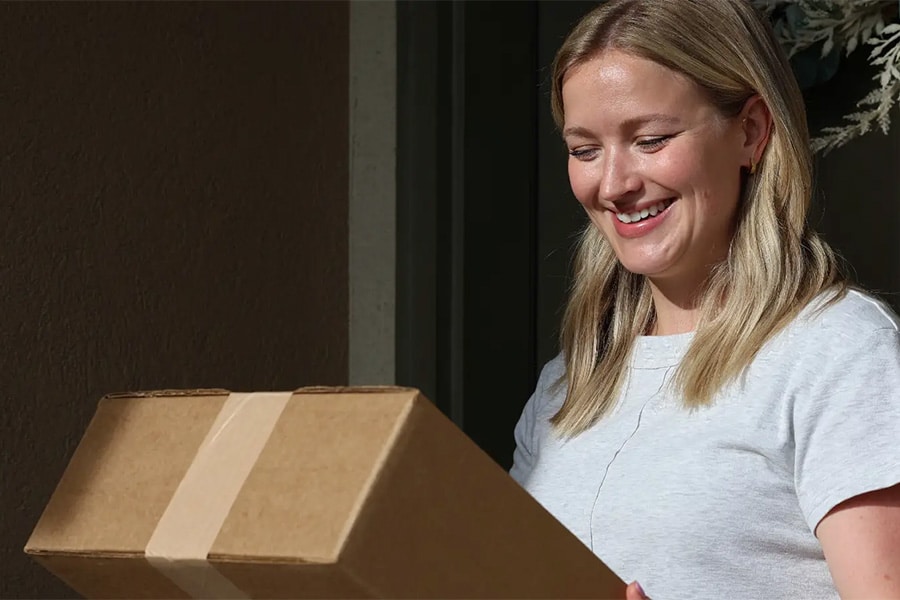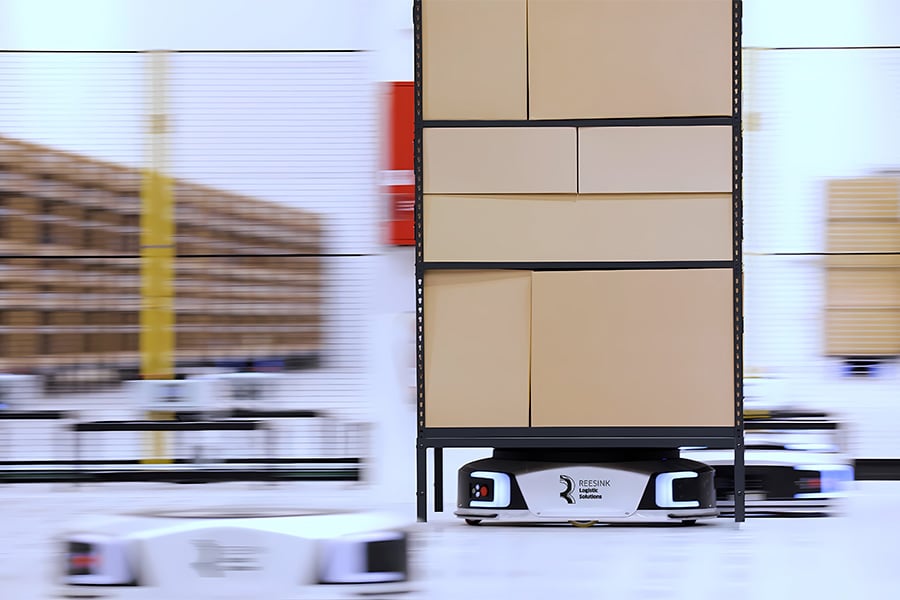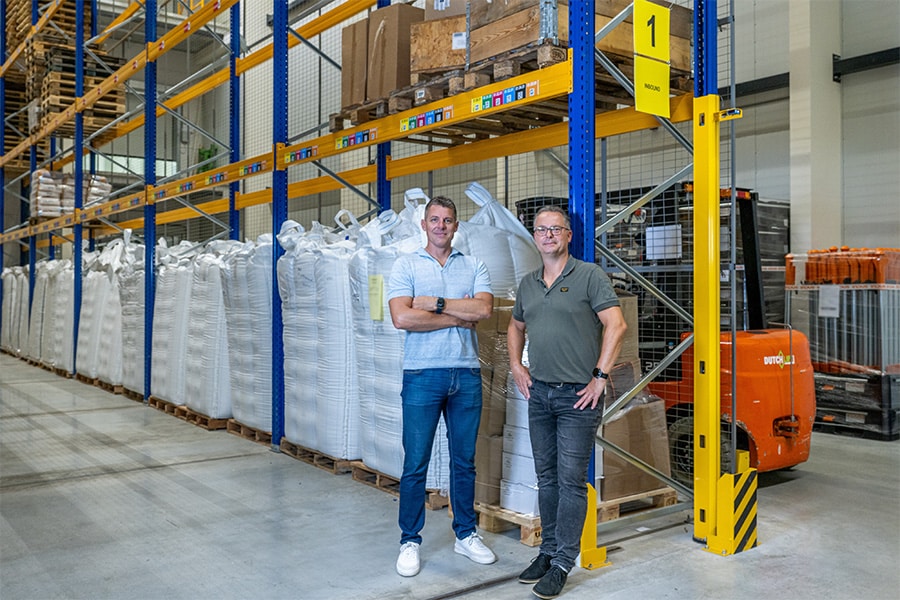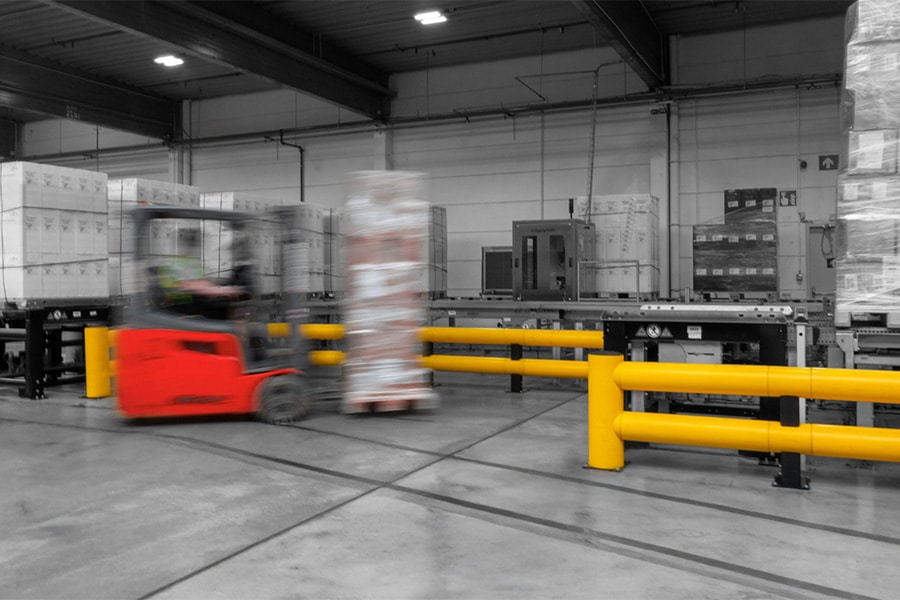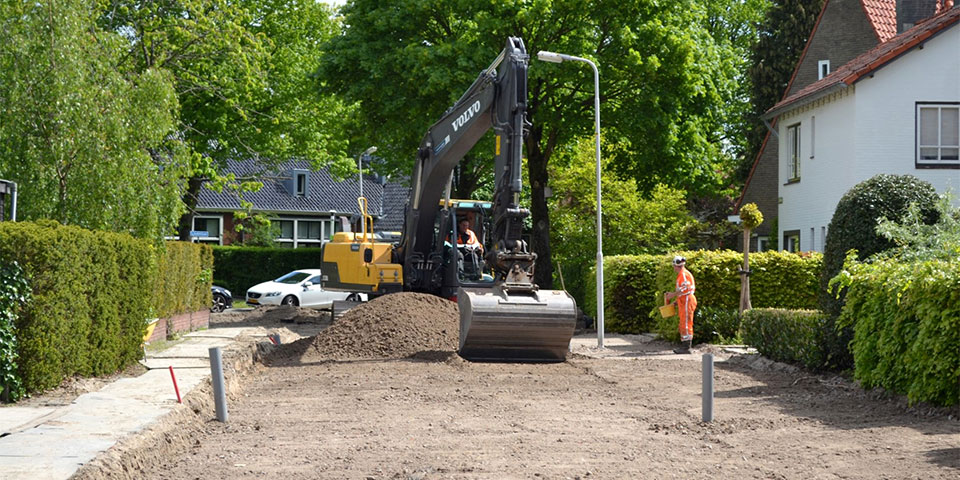
The turnaround to business optimization through digitization is easy!
Two years ago he graduated and was immediately offered a contract. Jorn Kuipers keeps himself busy within Cnossen Infra with everything related to digitalization. He uses Infrakit, which he considers indispensable.
"In my position as work planner, I deal with digitization and dimensioning. In the last year we have made considerable strides in the area of digitization; we have switched to 3D machine control and trace cables and pipes, among other things," Kuipers opens the conversation.
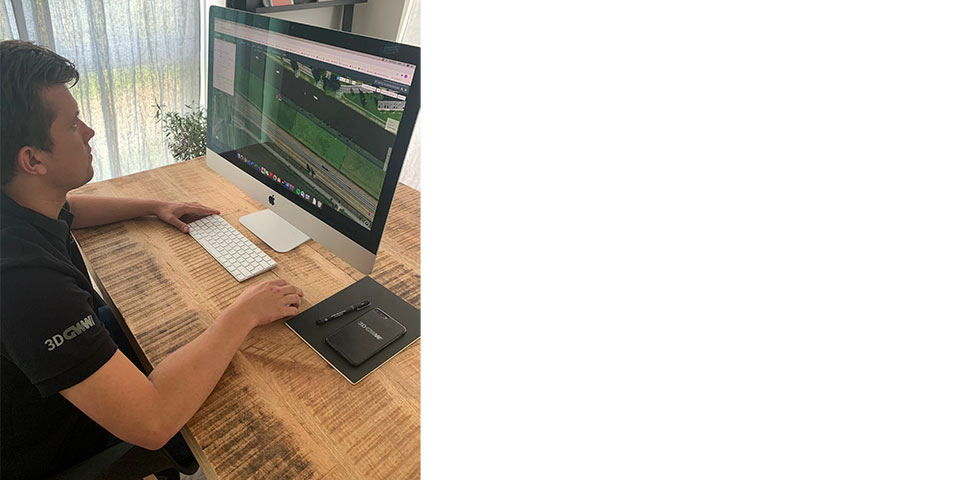
Third parties can also take advantage of the knowledge available
Kuipers notes the need within the GWW for help with digitization. "3D machine control is a very complex matter for a layman, companies sometimes cannot see the wood for the trees. To help these companies, Cnossen Infra has set up a new line of business, namely 3D GWW. That department falls under my competence. The digital services we offer to other companies include measuring, surveying, laying out and making 3D models for the GPS-controlled earthmoving machine. In addition, we can detect cables and pipes through ground radar technology."
From analog to digital in record time
"When I was an intern, most of this place was still analog. People waited for drawings to come back from construction to make revisions. Then it was a surprise if you got anything and in what condition. When sewer reconstruction came into the picture as a project in Leeuwarden, we were faced with a number of requirements. For example, every Monday of the new week we had to deliver a quantity sheet. It was important that the information needed for this went from the project to the office as quickly as possible. That's when Infrakit came into the picture. They looked over our shoulder and gave advice on how to use their software so that we could get data and images to the office as quickly as possible."
With Infrakit, the demonstrability is perfect, is Kuipers' opinion. "Our people in the field can make the necessary quantity statements on the spot, send this immediately to Infrakit's Cloud environment, the office can access it immediately. Then they can create the invoice. An advantage of this working method with maximum and flawless provability is that the bill is paid much faster. After all, there is a 'bite-sized chunk' on the client's desk, substantiated with images and drawings."
Extremely practical photo tool
"We use the photo tool in Infrakit for the first inspection on site and during the execution of work, to register deviations. In addition, the guys on the project take a photo of each house and gully connection that is installed, which makes it possible to compile a digital photo book afterwards, for reference," Kuipers says. "Finally, we also use the photo tool to work out so-called partial assignments. During the preliminary survey of such a partial assignment, for example, we send a foreman road worker out with a tablet. He will make his findings about the conditions of the existing pavement. Afterwards, the survey locations are put on a subsurface drawing and a photo book and quantity sheet are also prepared. This can all be viewed by office."
From USB to Cloud
3D models for machine control were previously transferred to the machine via a usb stick on site. "That worked at the start, but for every change someone had to drive to the construction site with a usb stick. With Infrakit, we send data directly to the machine in question, via the Cloud. Also, this way we keep good control over the progress. That means huge time savings and fewer errors. Infrakit works so fast, that it reduces machine downtime to an unprecedented minimum."
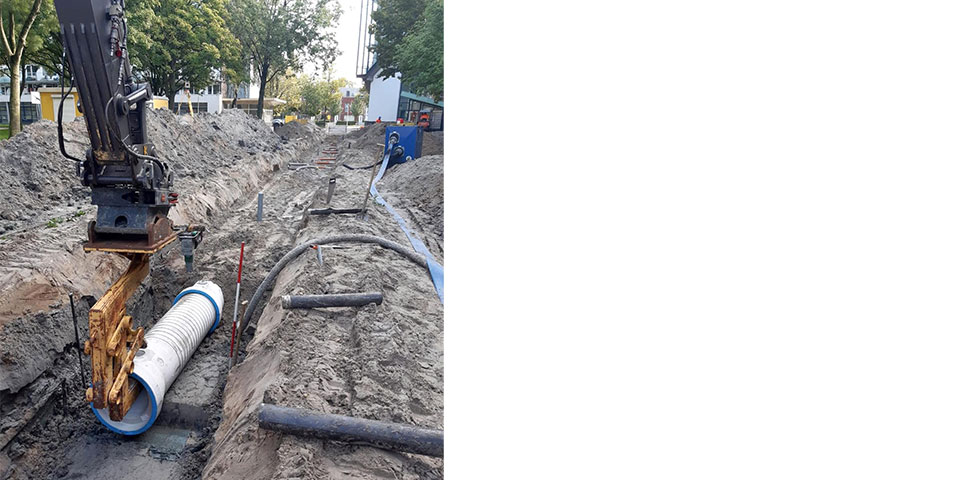
'As built data'
Working with Infrakit offers unprecedented possibilities. Kuipers explains, "For example, we have the machine measure 'as built' points, every 5 to 10 meters. This information is sent directly to the Infrakit Cloud environment. In the office, people can watch the model live and thus signal in time if something is not going right. We work with Infrakit more reliably than ever. We convert theoretical cross sections from specifications into 3D models for the machine. Deviations in the specifications therefore come to light very quickly. The 'as built data' is also used by the office to do revisions."
In order to be as complete as possible, Cnossen Infra also uses a foreman, who measures again on the job just to be sure, linked to Infrakit. The data goes directly to the digital quantity sheet. "At the end of the day, we are able to view the entire production of that day. And the nice thing about Infrakit is: everyone uses the same data. That also prevents mistakes," Kuipers concludes.
